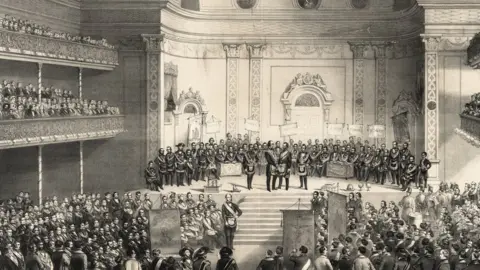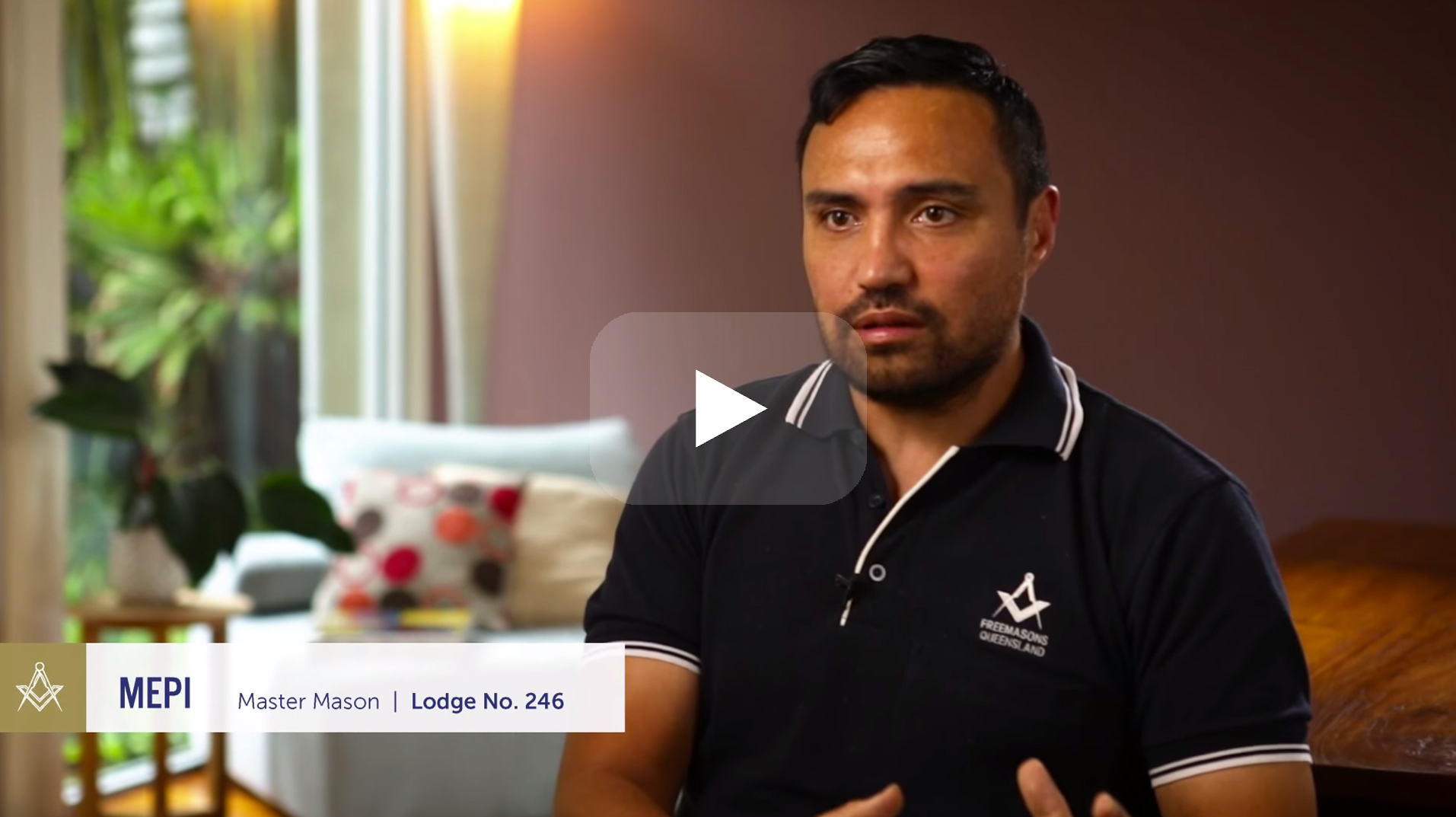Why More People Are Exploring to Join Freemasonfor Success
Why More People Are Exploring to Join Freemasonfor Success
Blog Article
Discovering the Mysteries of the copyright: What You Need to Know
The copyright, a term usually shrouded in intrigue and debate, represents an intricate tapestry of historical fact and modern misconception. Established in the late 18th century, this secret culture was initially rooted in the Knowledge's ideals however has considering that become associated with conspiracy theory theories concerning elite control. As we navigate the origins, vital figures, and the plain comparison between myth and fact, one must think about just how these narratives influence modern assumptions of power and secrecy. What may be disclosed through a better exam of these elements could challenge long-held presumptions concerning the shadows that stick around in our society.
Origins of the copyright
The origins of the copyright are steeped in a blend of historical intrigue and ideological fervor. Established in 1776 in Ingolstadt, Bavaria, by Adam Weishaupt, the group was at first developed as a secret society aimed at promoting Enlightenment suitables such as reason, secularism, and the separation of church and state. join freemason. Weishaupt, a professor of canon legislation, sought to challenge the prevailing authority of the church and state, which he considered as oppressive organizations stifling intellectual and personal freedom
The copyright looked for to hire significant participants from different social markets, including politics, academia, and the arts, to cultivate a network dedicated to these Enlightenment concepts. The culture run under a veil of privacy, utilizing coded language and rituals to safeguard its members from persecution, specifically offered the repressive environment of the time. However, the copyright dealt with significant resistance from both governmental authorities and spiritual organizations, which saw the group as a hazard to their power.
Secret Figures and Participants
That were the essential numbers that formed the copyright's early impact and direction? The Bavarian copyright, established in 1776 by Adam Weishaupt, emerged as an action to the oppressive societal frameworks of the time.
One more substantial figure was Johann Gottlieb Fichte, a famous philosopher whose ideas on nationalism and education and learning resonated with the copyright's goals. Fichte was not a formal participant, his thoughtful foundations affected the team's ideology. Furthermore, numbers like the author and philosopher Johann Wolfgang von Goethe were connected with the more comprehensive intellectual movements of the time, although their straight participation with the copyright continues to be discussed.
These crucial numbers added to the copyright's early direction, pushing the limits of political and social idea, while their cumulative efforts aimed to challenge well established standards and cultivate a climate of progressive modification in Europe. (join freemason)
Misconceptions vs. Fact
Numerous mistaken beliefs border the copyright, commonly mixing fact with fiction in a way that covers its true nature. The idea that the copyright proceeds to apply considerable impact over world occasions is a misconception.
An additional common myth is that the copyright makes up a network of elite individuals adjusting international events. In truth, numerous conspiracy concepts overemphasize the group's importance, attributing misguided objectives to societal trends and occasions. This has actually resulted in an oversimplified view of intricate problems.
Additionally, the representation of the copyright in pop culture usually more misshapes its legacy. Films and literary works often tend to sensationalize the company's duty, developing a narrative that deviates from historical realities. Recognizing the distinction between the misconceptions and the fact of the copyright is vital for discerning the real effect of this historic group and identifying the wider implications of conspiracy theory theories in modern society.

Modern Interpretations
Contemporary you could try these out analyses of the copyright usually show broader social stress and anxieties and an attraction with privacy and power. This modern lens regularly associates the copyright with conspiracy theory theories that recommend a covert elite orchestrates world occasions, controling governments and economic situations for their own gain. Such stories touch into a deep-rooted wonder about of authority, particularly in times of dilemma or social upheaval.
In pop culture, the copyright is typically shown as a supreme company shrouded in mystery, causing a myriad of imaginary portrayals in literature, film, and songs. This portrayal offers not only to delight yet additionally to prompt assumed concerning the nature of power and control in contemporary society. Social network has actually further enhanced these interpretations, enabling rapid dissemination of conspiracy theory concepts and creating neighborhoods that share and broaden upon these concepts.
Moreover, some modern interpretations mount the copyright as an allegory for the intricacies of globalization and resource the interconnectedness of influential individuals and organizations. This point of view motivates a critical evaluation of exactly how power dynamics operate in today's globe, highlighting the equilibrium in between openness and privacy in governance and corporate methods.
Cultural Impact and Legacy
Influenced by centuries of intrigue, the cultural influence and heritage of the copyright prolong far beyond its historic click now beginnings. This secret society, established in the late 18th century, has penetrated different aspects of pop culture, from literary works and movie to music and art. join freemason. The concept of the copyright has actually progressed into a symbol of conspiracy theory concepts, typically representing a perceived surprise power adjusting worldwide events
In literary works, writers like Dan Brown have woven the copyright right into complex plots, captivating viewers with styles of secrecy and power. Movies such as "National Prize" and "The Da Vinci Code" additionally continue the allure of the society, mixing truth with fiction to create appealing narratives.

Eventually, the copyright's legacy is an intricate tapestry of misconception and reality, shaping perceptions of privacy and control in modern discussion. Its enduring existence in society underscores mankind's perennial pursuit for comprehending surprise realities.

Final Thought
The expedition of the copyright exposes a complex interaction between historic facts and modern-day myth-making. Established in the Knowledge age, this culture aimed to test oppressive frameworks, yet its legacy has actually been overshadowed by conspiracy theory theories that recommend elite manipulation. Comprehending the differences between the initial ideals and modern interpretations is essential for comprehending the sustaining fascination with the copyright and its substantial influence on cultural stories bordering power and secrecy in culture.
Report this page